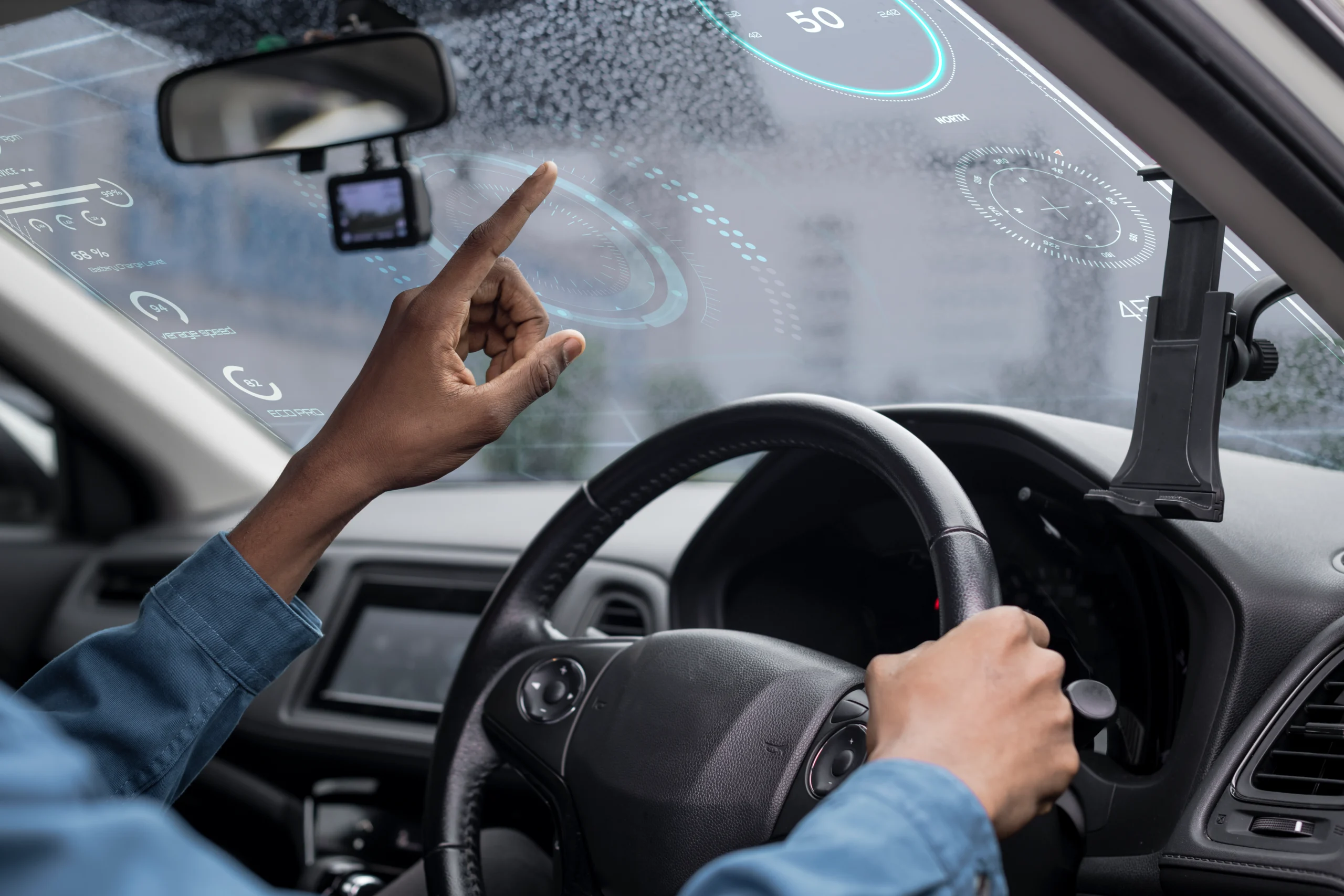Buckle Up for the Future: AI and the Rise of Autonomous Vehicles
The iconic image of a car speeding down the highway with a lone driver at the wheel may soon become a relic of the past. The rise of Artificial Intelligence (AI) is ushering in a new era of autonomous vehicles (AVs), fundamentally changing how we think about transportation. This blog dives deep into the fascinating world of AI and AVs, exploring the current landscape, trending technological advancements, and the potential future of this revolutionary technology.
The Current Landscape of AI in Autonomous Vehicles:
While fully driverless cars are not yet a mainstream reality, significant strides have been made. Major automobile manufacturers like Tesla with its Autopilot system and Waymo (owned by Google) with its self-driving taxi service are leading the charge. These vehicles use a complex combination of technologies, including:
- LiDAR (Light Detection and Ranging): LiDAR sensors create a 3D map of the environment, allowing the AV to “see” its surroundings with high precision.
- Radar: Radar sensors detect objects and track their movement, providing crucial information for safe navigation.
- Cameras: Cameras capture visual data, enabling the AV to recognize traffic lights, lane markings, and other visual cues.
- High-Resolution Maps: Detailed maps with information on roads, traffic patterns, and infrastructure are essential for AV navigation.
- AI and Machine Learning: At the heart of it all lies AI. Machine learning algorithms process data from the sensors and maps, allowing the AV to perceive its surroundings, make real-time decisions, and navigate safely.
Trending Advancements in AI for AVs:
The field of AI in AVs is constantly evolving. Here are some exciting trends to watch:
- Improved Sensor Fusion: Advances in sensor technology and AI algorithms will enable AVs to create a more comprehensive and accurate understanding of their environment.
- Enhanced Decision-Making Capabilities: AI systems are becoming adept at handling complex situations and making critical decisions in real-time, mimicking (and potentially surpassing) human judgment.
- V2X (Vehicle-to-Everywhere) Communication: Imagine AVs communicating with each other and infrastructure, optimizing traffic flow and enhancing safety.
- Explainable AI (XAI): As AI systems become more complex, XAI aims to make their decision-making processes transparent, building trust and public acceptance of AVs.
The Potential Future of Autonomous Vehicles:
The future of AVs holds immense promise:
- Increased Safety: Human error is a major contributor to traffic accidents. AVs with their precise sensor technology and AI algorithms have the potential to significantly reduce accidents.
- Improved Traffic Flow: AVs could optimize traffic flow by communicating and coordinating with each other, reducing congestion and travel times.
- Accessibility for All: AVs could revolutionize transportation for people with disabilities or those unable to drive themselves, promoting greater independence and mobility.
- New Mobility Models: Self-driving car services and ride-sharing platforms could become ubiquitous, changing how we own and utilize vehicles.
Challenges and Considerations on the Road Ahead:
Despite the exciting possibilities, challenges remain:
- Ethical Considerations: Who is responsible in case of an accident involving an AV? How will ethical dilemmas presented by autonomous driving situations be addressed?
- Regulation & Legal Frameworks: Governments need to establish clear regulations and legal frameworks to ensure the safe and responsible deployment of AVs.
- Cybersecurity Threats: The increasing reliance on AI and connected car technology necessitates robust cybersecurity measures to protect AVs from hacking.
Conclusion:
The rise of AI is irrevocably shaping the future of transportation. While there are hurdles to overcome, the potential benefits of AVs are undeniable. By embracing innovation, addressing challenges, and prioritizing safety, we can pave the way for a future where autonomous vehicles revolutionize how we move from point A to B, making our roads safer, our commutes more efficient, and our world a more connected place. Are you ready to buckle up and experience the future of mobility?
